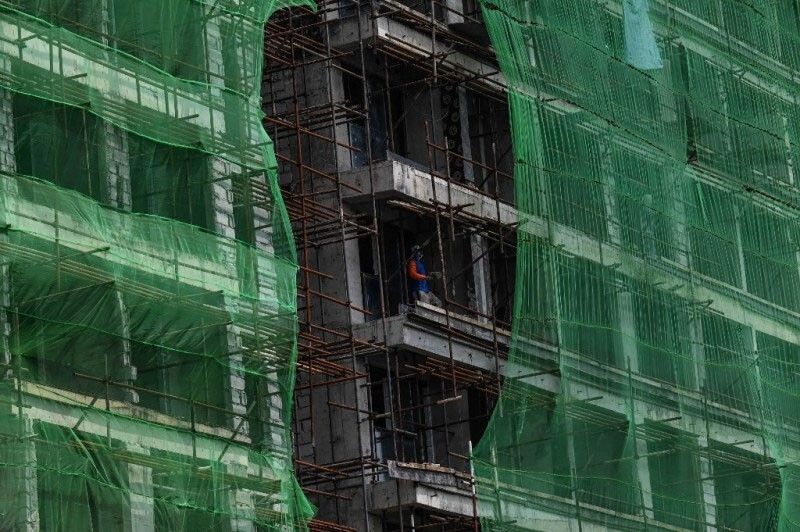
MANILA, Philippines — The government ramped up its infrastructure spending in May to P81 billion largely due to payments for the country’s railway projects, the Department of Budget and Management said.
Based on the latest disbursement performance report of the DBM, state infrastructure expenditure and other capital outlays went up by 2.1 percent to P80.5 billion in May from P78.9 billion in the same period last year.
The DBM attributed the increase to the constructive receipts of cash (CRC) payments of the Department of Transportation. CRC payments are direct settlements made to suppliers by development partners for the implementation of foreign-assisted projects.
These projects are the Malolos-Clark Railway Project funded by the Asian Development Bank and the first phase of the Metro Manila Subway Project financed by the Japan International Cooperation Agency.
The DBM said a combined P30.3 billion for the two projects was released in May.
The higher CRC payment was also due to the capital outlay projects under the AFP Modernization Program of the Department of National Defense worth P10.3 billion.
“These partly offset the lower disbursements recorded in the DPWH (Department of Public Works and Highways) due to the election ban, as well as other one-off capital expenditures like the construction of the Senate building,” DBM said.
For the five-month period, infrastructure spending inched up by 0.7 percent to P334.6 billion from P332.3 billion in the same period in 2021.
On the other hand, overall government spending reached P451.7 billion in May, down 1.1 percent a year earlier basis due to the timing of subsidy releases to the Philippine Health Insurance Corp.
Broken down, personnel services expenditures went up by 7.3 percent to P153.5 billion, attributed to the release of the mid-year bonus of government employees and the implementation of the third tranche of the Salary Standardization Law.
Allotment to local government units also jumped by almost 30 percent to P69.2 billion following the higher national tax allotment (NTA) due to the implementation of the Mandanas Ruling.
Interest payments rose by nearly 17 percent to P33.8 billion due to discounts from the reissuances of Treasury Bonds and foreign exchange market fluctuations.
Tax expenditures, on the other hand, soared by 43 percent to P4.4 billion amid higher documentary stamp taxes on government securities and tax subsidies for the operations of the MRT3.
Moving forward, the DBM said disbursements for June are expected to rebound following the end of the election ban that halted spending on public works and certain types of disbursement.
“Spending in June likely grew by at least 20 percent year-on-year, driven by subsidy releases, growth of NTA, and faster capital outlay disbursements,” the DBM said.
“For the remainder of the year, further releases are anticipated with the submission of special budget requests by line agencies to implement their respective programs, activities, and projects as the government also transitions under the new administration,” it said.
If you like this article, share it on social media by clicking any of the icons below.
Or in case you haven’t subscribed yet to our newsletter, please click SUBSCRIBE so you won’t miss the daily real estate news updates delivered right to your Inbox.
The article was originally published in Phil Star Global and written by Louise Maureen Simeon.







More Stories
Vista Land Celebrates 50 Years with Sandiwa: An Event Honoring Leadership, Legacy, and the Filipino Dream of Homeownership
Vista Land Celebrates Love Month in Ilocos Region
Vista Land Bridges Cebuano Heritage and Progress with Valencia by Vista Estates